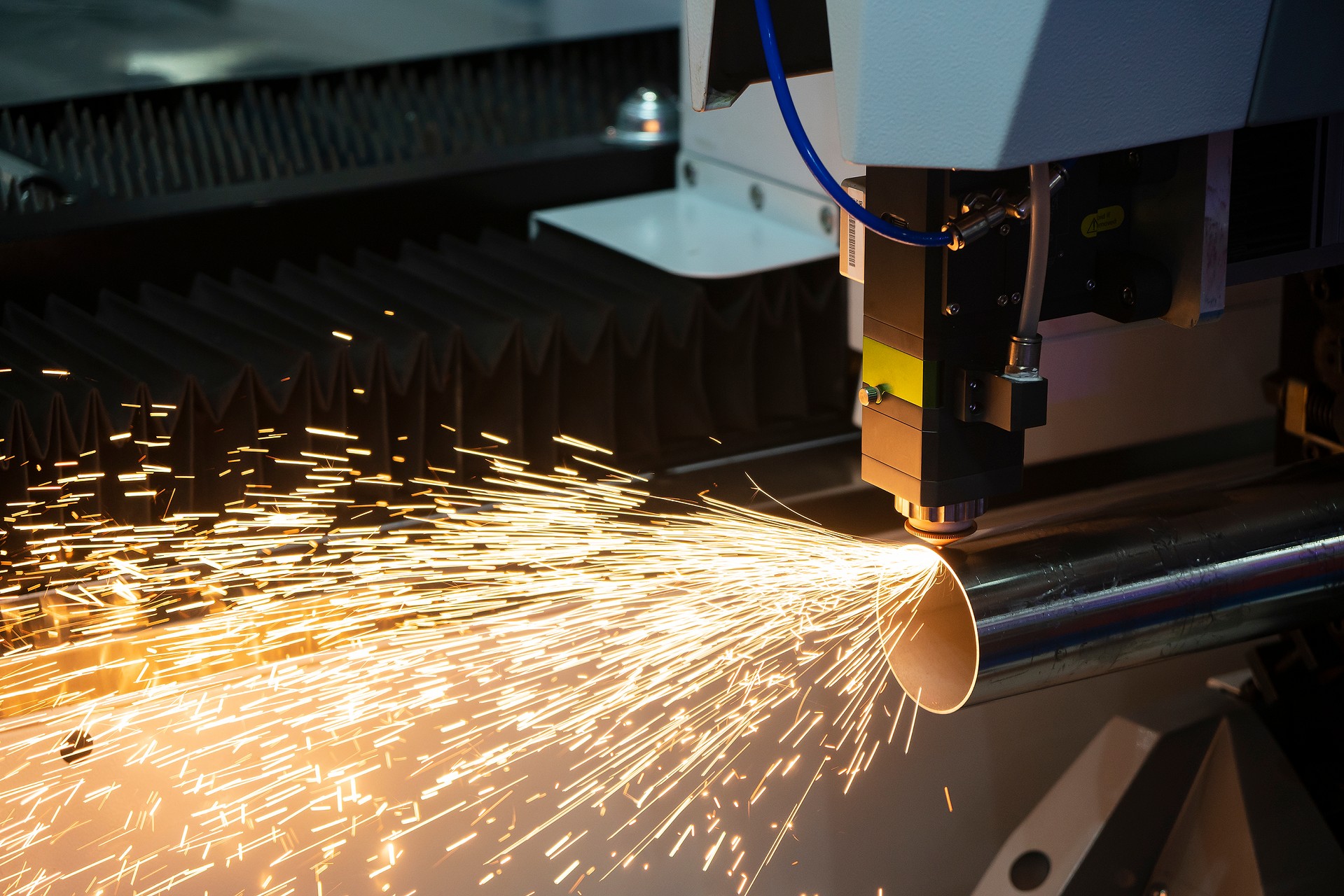As the global market for bubble tea and specialty beverages continues to grow, the quality and versatility of ingredients have become key differentiators in an increasingly competitive landscape. As essential components of flavor design, tapioca pearls and fruit jams are not only critical flavor elements but also directly shape consumer sensory experience and product memorability.

Photo by https://photo.urb2b.com/photo/#/shared_space/folder/75
Tapioca Pearls: The Soul of Chewable Beverages
Bouncy Texture, Versatile Across Applications
Tapioca pearls are a cornerstone of bubble tea culture. Their chewiness not only extends the drinking experience but also enhances flavor retention and consumer satisfaction. With a consistent chewy texture and balanced sweetness, tapioca pearls are ideal for:
- Milk tea
- Fresh milk drinks
- Fruit juice blends and creative beverages
They maintain an optimal bite whether served hot or cold and preserve their texture and flavor even after extended soaking—ensuring consistent drink quality for foodservice operators.
Production Highlight: Mastering the Balance of Gelatinization and Core Cooking
The key to perfect tapioca pearls lies in precise control of starch gelatinization and internal cooking. With expertly designed mixing and heating curves, the pearls achieve a smooth outer layer and a resilient core, while minimizing stickiness and disintegration during cooking. Special formulations also enhance water retention, allowing the pearls to stay chewy and translucent, even under heat and prolonged soaking.
Flavored Fruit Jams: Blending Taste, Texture, and Functional Appeal
Combining Real Fruit, Texture, and Wellness Trends
Crafted with high fruit content and minimal additives, Sunny Syrup’s fruit jams span classic flavors such as strawberry, mango, passion fruit, and blueberry, and extend into functional blends to meet wellness demands. Ideal applications include:
- Sparkling water infusions
- Smoothies and ice-blended drinks
- Yogurt and plant-based milk beverages
Far more than a sweetener, fruit jams contribute to the layered flavor experience and visual appeal of drinks, adding real fruit notes, pulpy texture, and a refined sweet–tart balance that elevates overall product quality.
Production Highlight: Low-Temperature Concentration & Fruit Shape Preservation
The jam production process emphasizes vacuum-pressure, low-temperature extraction to preserve nutrients and prevent over-caramelization. This technique retains the fruit’s natural aroma, color, and structure. Advanced suspension stabilization ensures even fruit distribution throughout the beverage, avoiding sedimentation and separation—delivering consistent visual and sensory quality.
Value-Added Product Design: Creating Lasting Flavor Memories
In today’s beverage market, unique flavors and ingredient storytelling have become core selling points. Whether enhancing signature offerings or crafting seasonal limited editions, tapioca pearls and fruit jams offer flexible foundations for rapid beverage line innovation. This adaptability helps extend product life cycles and drive consumer engagement on social platforms.
Where Beverage Differentiation Begins: Choosing the Right Ingredients
Tapioca pearls and flavored fruit jams are not just side ingredients—they are central to the sensory profile and identity of a beverage. Selecting ingredients with refined sensory design, precise craftsmanship, and stable quality is essential to standing out in a saturated market. Through expert R&D and integrated manufacturing, brands can leverage the power of flavor to unlock new opportunities in the beverage industry.



.png)










